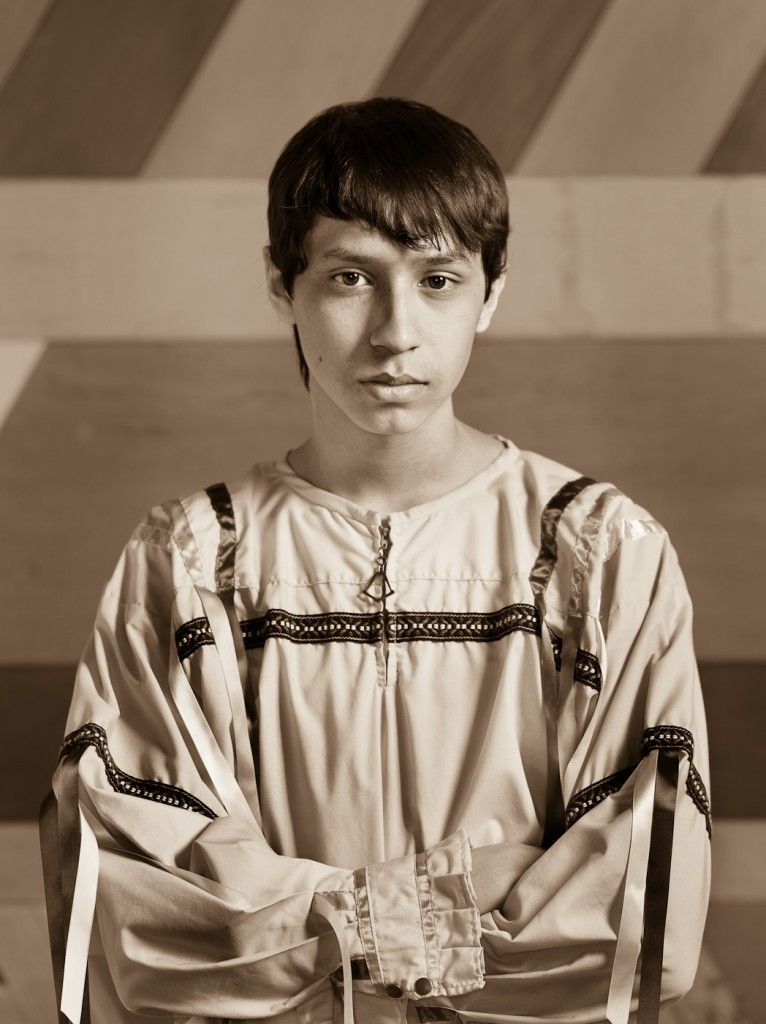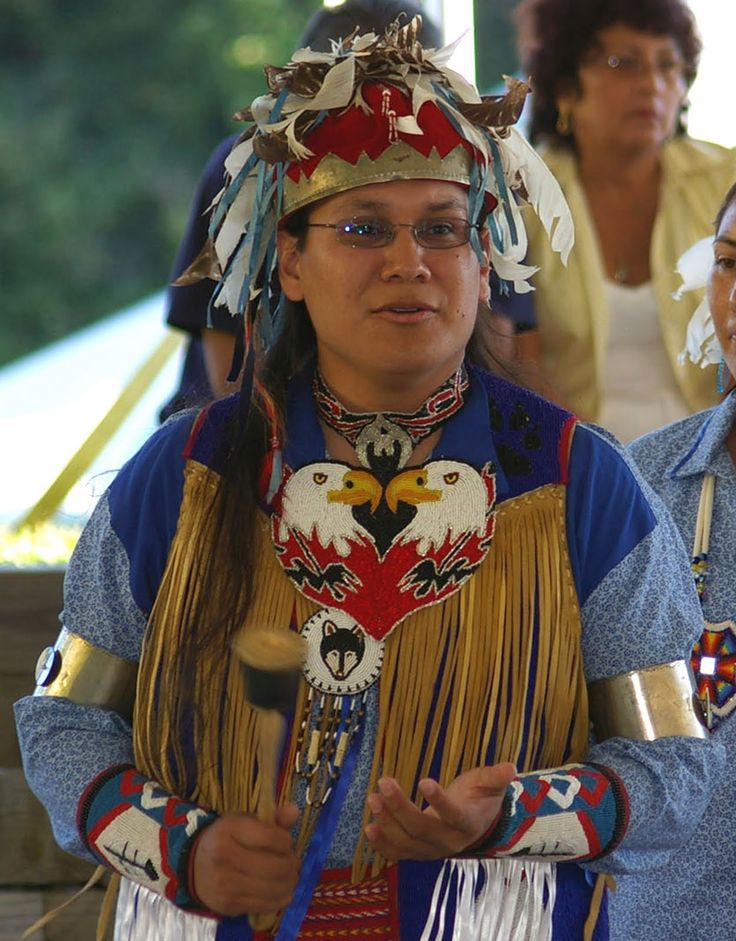Seneca
The Seneca are the Indigenous Iroquoian-speaking people who formerly resided south of Lake Ontario, one of the five Great Lakes in North America (Seneca: Onödowága:, "Great Hill People"). In the Six Nations or Iroquois League (Haudenosaunee) in New York before the American Revolution, their country was the furthest to the west. With three officially recognized Seneca tribes, the United States is home to more than 10,000 Seneca today. The Tonawanda Seneca Nation and the Seneca Nation of the Seneca, who have two reservations in western New York not far from Buffalo, are the two that are based in New York.
During the Indian Removal, the Seneca-Cayuga Nation's ancestors were moved from Ohio to Oklahoma, where they now reside. In Canada, close to Brantford, Ontario, in the Six Nations of the Grand River First Nation, about 1,000 Seneca people reside. They are Seneca ancestors who moved there after the American Revolution after being forced to abandon most of their lands for their support of the British. The namesakes of the tribe, Seneca the Elder and Seneca the Younger, are illogically connected to one another.
Senecan prose served as a model for essays, sermons, and moralizing in the vernacular literatures of the 16th to 18th centuries in both substance and style. Examples include Jean-Jacques Rousseau, Montaigne, and John Calvin. He was the first of the "Spanish" philosophers, and he always had a significant impact on Spain. He faced criticism for his nineteenth-century expertise from philosophers, physicists, historians, and literary students. However, interest sparked by the 1965 bicentennial celebrations of his death in Spain and later scholarly work signaled the beginning of a Senecan revival in the latter half of the 20th century. The resources of an individual style are used to express and amplify the thoughts of a versatile but unoriginal mind in his 40 books that have survived.








